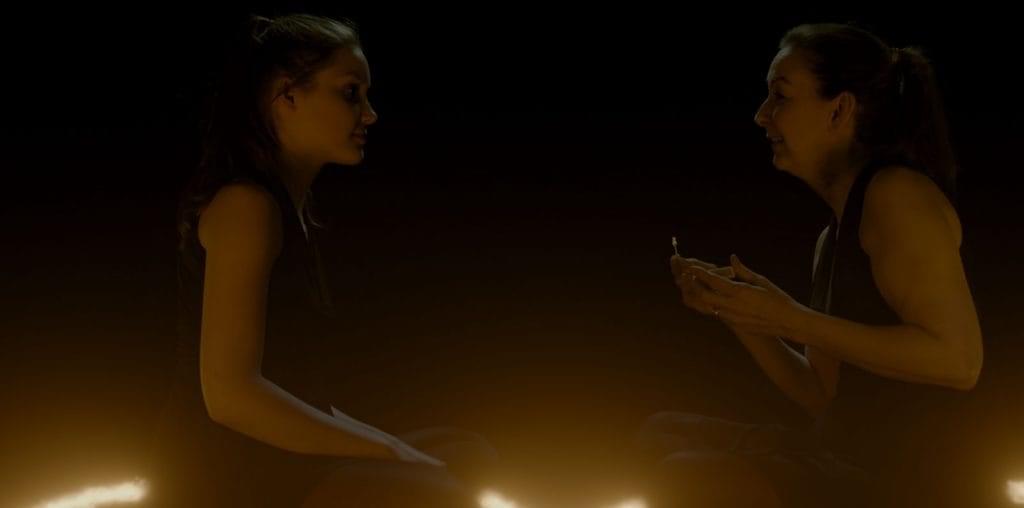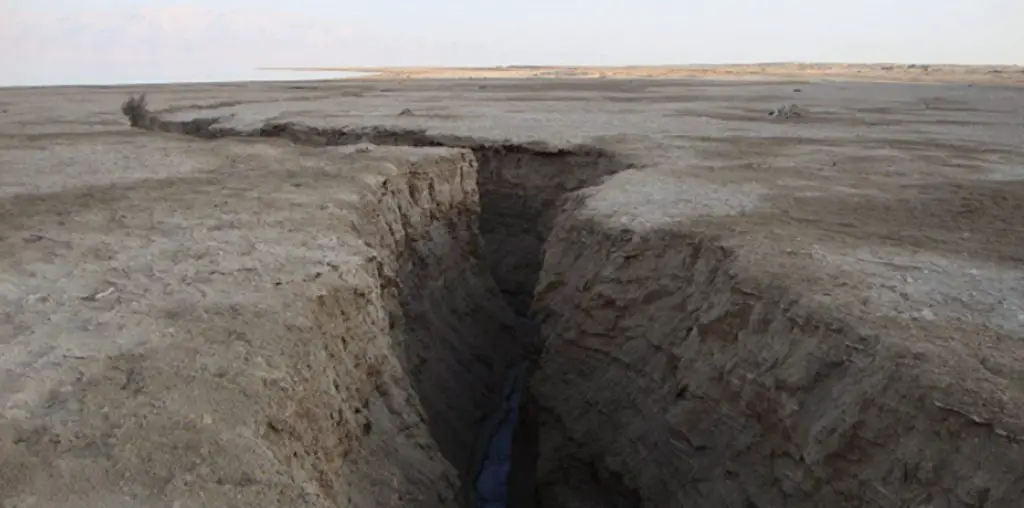
To say Nobuhiko Obayashi’s 1977 film “House” (“Hausu”) is weird would be an understatement, but without getting too flowery with prose, there’s really no other way to describe it. It’s too silly to be scary but just strange enough to be really creepy, if that makes sense. I had never even heard of the film until 2-3 years ago and even then, descriptions were vague. Tales of the onscreen insanity were tossed around but without having seen the film, I had no way to really realize what people were talking about. Things like a girl getting eaten by a piano and a watermelon that gets sent down in a well only to be pulled up as a crazed human head sounded too whacked to be true but having now seen the film, scenes like those are just the tip of the iceberg. “House” is a fantastic, strange, beautiful and silly film but the love and passion put into it, that shows so clearly on the screen, somehow binds the madness together.
The basic premise of “House” is that seven schoolgirl friends go to a house in the country where they plan to stay with one of the girls’ mysterious Aunt, a creepy old spinster who seems to magically teleport around her stately manor. The girls have nicknames that serve to describe them (“Fantasy” is the pretty one, “Prof” the bookish one, “Kung-Fu” the tough one, “Melody,” the musician etc.) rather than real names which just adds to how silly and childlike the film feels. Yet soon the weird factor kicks up to eleven as the house (or the Aunt?) begins killing off the girls one by one. “House” is very much a children’s film but there’s also nudity, blood and gore which make the film not really safe for kids at all. All these descriptions aren’t really doing the film any justice as you really have to see it to get it, and I can’t recommend that you see it highly enough.
As you watch “House,” you really feel the passion Nobuhiko Obayashi has for his film. He pulls out every camera trick known to man and the results are fun and somehow weirdly affecting. One minute there are frames that get painted on or drawn upon and the next someone disappears from the screen only to pop up on a staircase or in the yard. Since the film was made in 1977, these are all practical effects or in-camera tricks and the results are fun to watch. Silly to watch as well but there’s also a feeling of the phoniness being a stylistic choice. Obayashi speaks to this in the special features on the Blu-ray.
Speaking of, the supplemental material on the Criterion edition Blu-ray is pretty cool. There’s a nice documentary on the making of the film and while I was disappointed there wasn’t more attention given to how some of the effects were pulled off, the story of how Obayashi pulled the film together is fascinating. There’s a nice essay booklet on the film by critic Chuck Stephens and also a brief interview with filmmaker Ti West (“House of the Devil”), who is a person I greatly admire. His passion for “House” is engaging and fun to see. There’s also an experimental film Obayashi did called “Emotion,” but it didn’t do much for me and instead reminded me of things I hated about grad school for cinema studies. But the real star of the Blu-ray is the film itself and, once again, Criterion has taken great care to present the best possible image quality. The film looks terrific and I love how it maintains the kind of washed-out 1970’s film look rather than being over-glossy as some DVD and Blu-ray transfers do.
“House” is a trip and a lot of fun to watch. It reminds me of what would have happened if “The Banana Splits” all went on an acid trip in the Japanese countryside. The film has that fun 70’s psychedelic feel to it and Obayashi somehow managed to pull together diverse ideas and put them together to make a film that’s pretty unforgettable.

